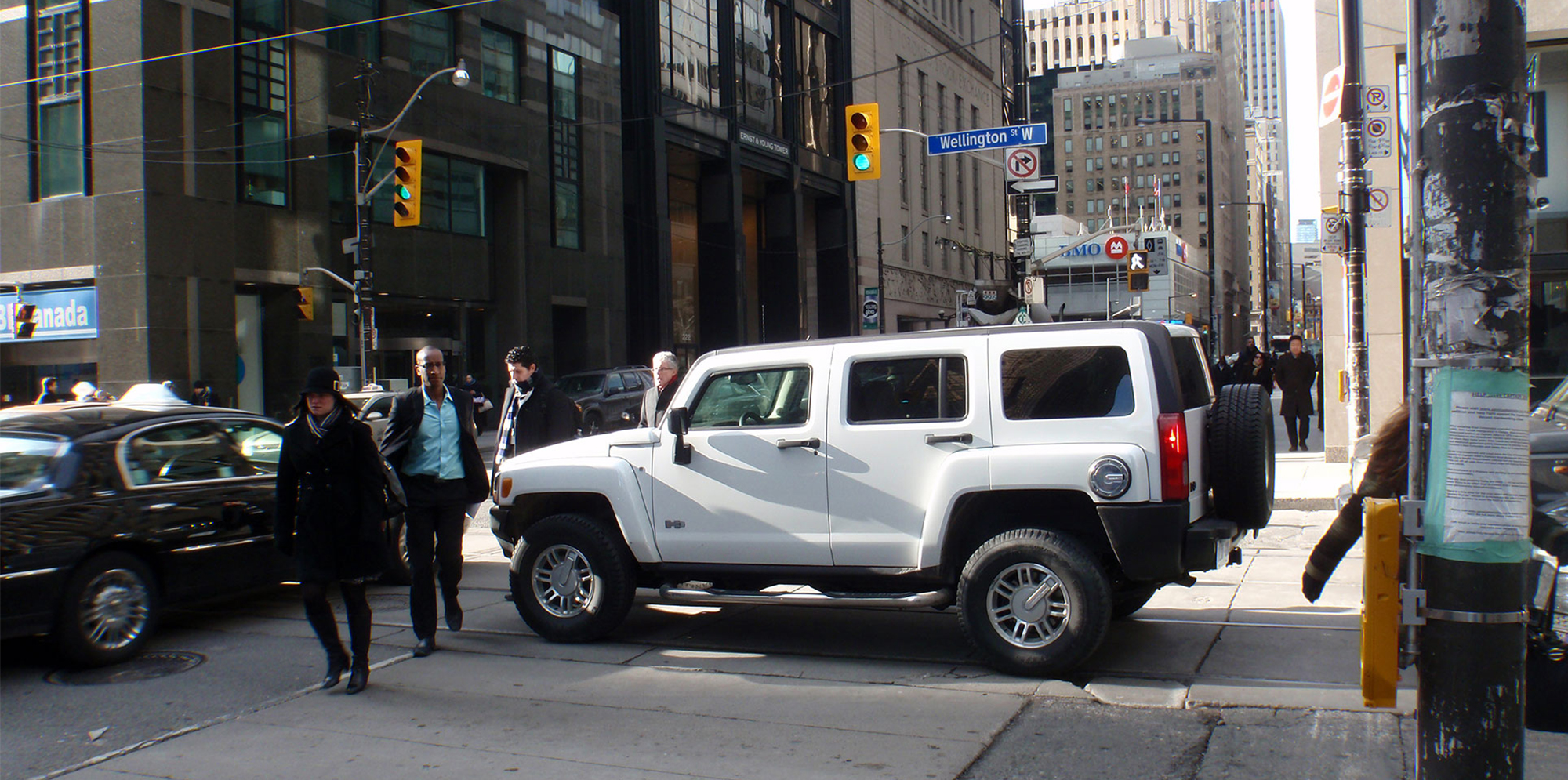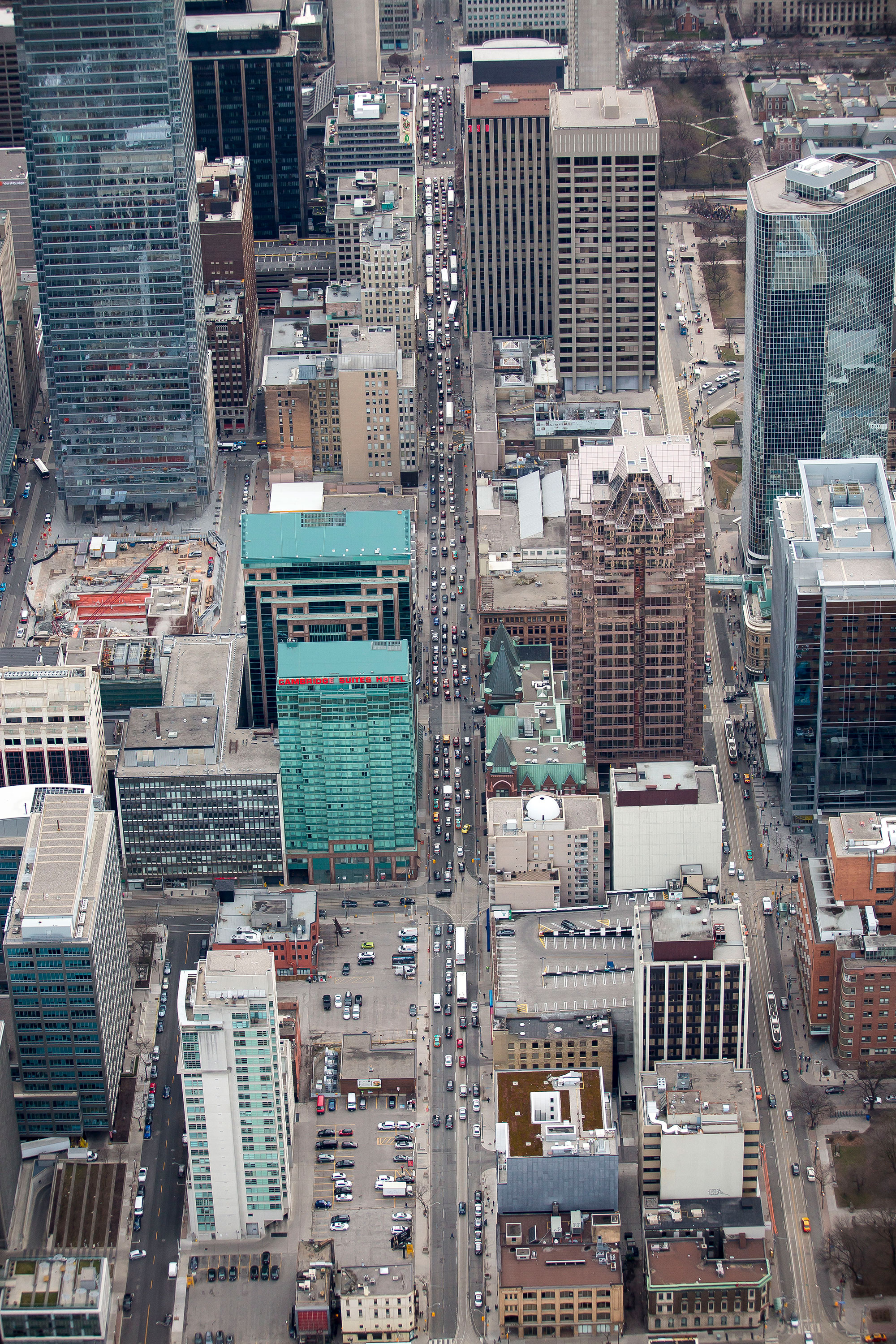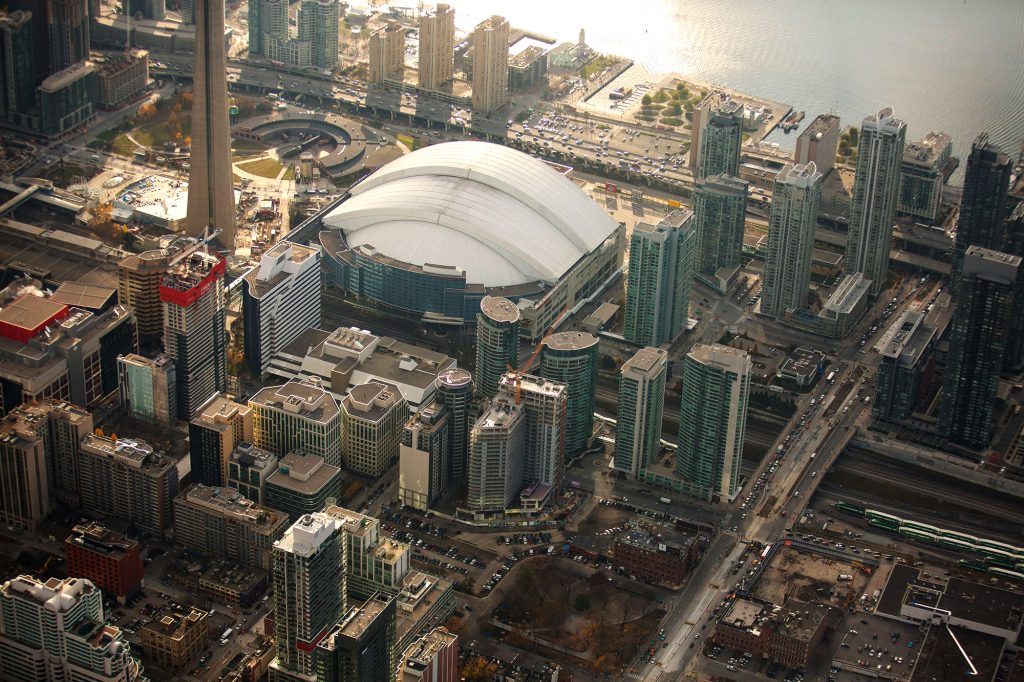Toronto Downtown Transportation Operations Study
IBI Group was retained by the City of Toronto to investigate transportation operations issues within the downtown core, and develop near-term improvements that could increase the efficiency of the existing transportation network and #getTOmoving.
Client
City of TorontoLocation
Toronto, ON
2014
Completed



Mobility+
Using a wide range of recommended improvements, the Downtown Transportation Operations Study for the City of Toronto will help #getTOmoving.
A new mobile ecosystem is changing the way we interact with and move throughout our cities.
Project Leaders
Visit Ron Stewart's ProfileVisit Peter Richards's ProfileVisit Matt Colwill's Profile
Ron Stewart
Strategic Planning Consultant
Toronto, ON
Peter Richards
Director | Senior Practice Lead, Transportation Engineering
Toronto, ON
Matt Colwill
Director | Sr. Practice Lead, Transportation Engineering
Vancouver, BC
Thanks to IBI’s commitment, the project was completed on schedule, and as a result, we were able to submit a report to the December meeting of City Council at which I’m pleased to share the report was unanimously approved.
Stephen Buckley
Former General Manager, Transportation Services
City of Toronto




